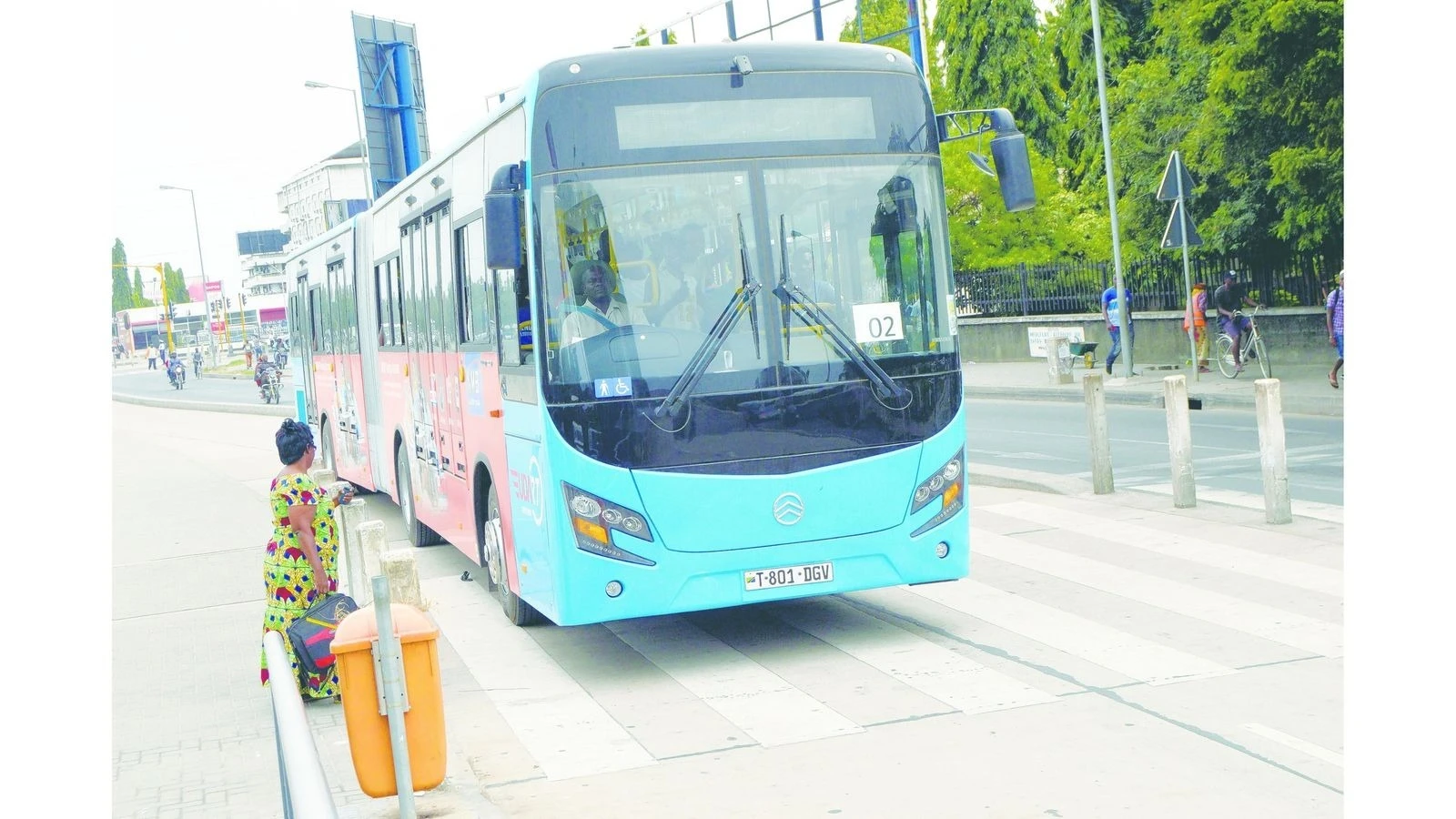Unintended consequences of chasing craft productivity

LOOKING out from the mezzanine, I had a bird’s eye view of the factory floor. This tends to be my habit when visiting a worksite; find a high place that allows honest observation of the craft and activity onsite.
Why do I say honest? My experience is that when craft workers see ‘management’ wandering around a job site, they feel the need to ‘look busy.’ So, instead of standing around shooting the breeze or texting, they tend to pick something up and start ‘looking busy’ when they feel they are being observed.
We were very fortunate to be invited by a major automaker to see how they assemble trucks. Looking out over the floor was a sight to behold. Robots were welding, gluing and rhythmically installing components precisely on truck frames. Workers were in a similar rhythm as the next truck body appeared at their station.
But something in particular took our attention; we watched the workers and noticed that no one looked like they were working particularly hard (rushing through things, busy all the time). In fact, some even had time between tasks to check their phone for texts and joke with co-workers.
I asked the Plant Manager if they could get more work done by giving those people more to do. I will never forget his reaction to my question – he looked at me like I was from another planet and emphatically said “NO. It doesn’t matter. What matters is rolling one quality truck off the line every minute.”
I was a bit stunned. At our job sites, we watch craft productivity closely. Metrics are tracked per crew and rolled up for the whole job site. We believe that good craft productivity is essential to completing a project on cost and schedule.
So, why would a successful major automaker see it so differently? Maybe we are wrong. Maybe it’s due to the fact that automotive factories are machine-paced while construction projects are still human-paced. Still, they didn’t seem to be focused on making every machine work as hard as possible.
The global engineering and construction industry is obsessed with worker productivity (both knowledge and craft workers) driven by the belief that there is a direct relationship to project performance results.
Typically for our industry, hours (e.g., labor and construction equipment) are segregated in cost estimates and reports because many believe after procuring or contracting the work, hours are the only thing that can be improved.
This drives many decisions, including establishing goals, strategies and measurements to drive craft productivity improvement. There is certainly nothing wrong with trying to become more productive, but the interpretation of what ‘more productive’ means and how to make it happen can have some serious negative unintended consequences.
For the most part, the industry relates productivity improvement efforts with making individual crews get more done in less time for each task performed. Some may also argue that it is not only about labor productivity, but is also about equipment productivity such as cranes or earth moving equipment.
Many opt to keep crews busy all the time working on what work is available to avoid crews being idle, and in so doing, get them to produce ‘something.’ But perhaps, what many in the industry may not fully understand is the fact that improving labor productivity is not the same as improving the productivity of the overall project.
As a matter of fact, improving the productivity of each crew does not equate to improving the productivity of the project.
But before we go deeper, let’s examine what productivity really means. There are two kinds of productivity, and the terms get used interchangeably which creates confusion.
Big “P” productivity is how efficiently the project produces a finished product or productivity of the Project Production System, where throughput through this system (units over time) should match expected demand (like a truck coming off the assembly line every minute).
Little “p” productivity is how efficient labor is working to complete individual tasks, which typically translates into the number of man-hours required to produce a unit of work.
A productivity metric derived directly or indirectly from a ratio of actual hours it took for a crew to produce a unit of work divided by the estimated hours to produce that same unit (or the inverse) is often used to manage little “p”.
Augmenting that metric is the use of time-on-tools studies to see where the day goes for craft and what can be done to increase time spent doing the work.
There is nothing wrong with taking steps to obtain good craft productivity especially by removing inefficiencies from the workday through time-on-tools studies such as decreasing the time it takes for craft to badge in or the time it takes to check in and out small tools.
Productivity of the bottleneck does matter (both for manufacturing and construction) to increase capacity. In other words, improving craft productivity can enable reduction of staff or doing more work.
However, a singular focus on craft productivity generates confusion between keeping the “hands busy” with what is needed to achieve good big “P”. The reason the little “p” craft productivity does not equate to the big “P” project productivity is found in Operations Science. Since idle crews count against the productivity measures, supervisors are driven to keep folks busy.
If the planned work is blocked for any number of reasons such as site availability, engineering or material issues, or construction equipment availability, the crews are moved to start something else to keep them busy (bear in mind we are saying start, not complete something).
Tasks that are viewed as more easily done are often prioritized, driving work out of sequence. Together, these natural responses to keep craft productivity high drives up significant amounts of work-in-process (work started, but not fully completed) and work out of sequence.
This way of approaching work execution has serious unintended consequences to project performance. Through an Operations Science lens, we understand that excessive work-in-process always results in longer cycle times which impacts schedule.
While rules of credit are applied to work being done (work-in-process) and progress calculated based on it may depict good progress (e.g., on time, ahead of schedule), project teams are often faced with the reality of reaching a high percentage of progress while completing the remaining work takes more time than expected.
This is in fact the impact of work-in-process, not to say the increased cost required to amass unnecessary inventory of work. In essence, the real-world impact of the focus on craft productivity and how humans respond to productivity measurements drives longer cycle time and increased costs, which in turn drives down big “P” project productivity (better individual productivity across many operations does not equate to better production system throughput).
At the end of the day, it is only the big “P” that matters, just as we saw in the auto factory. So, a question for you is: are you driving for the big “P” or little “p” on a daily basis?
Gary Fischer is the Executive Director of the Project Production Institute (PPI), as well as Chair of the PPI Energy Working Group. He can be reached via LinkedIn.
By Gary Fischer
Top Headlines
© 2025 IPPMEDIA.COM. ALL RIGHTS RESERVED

























